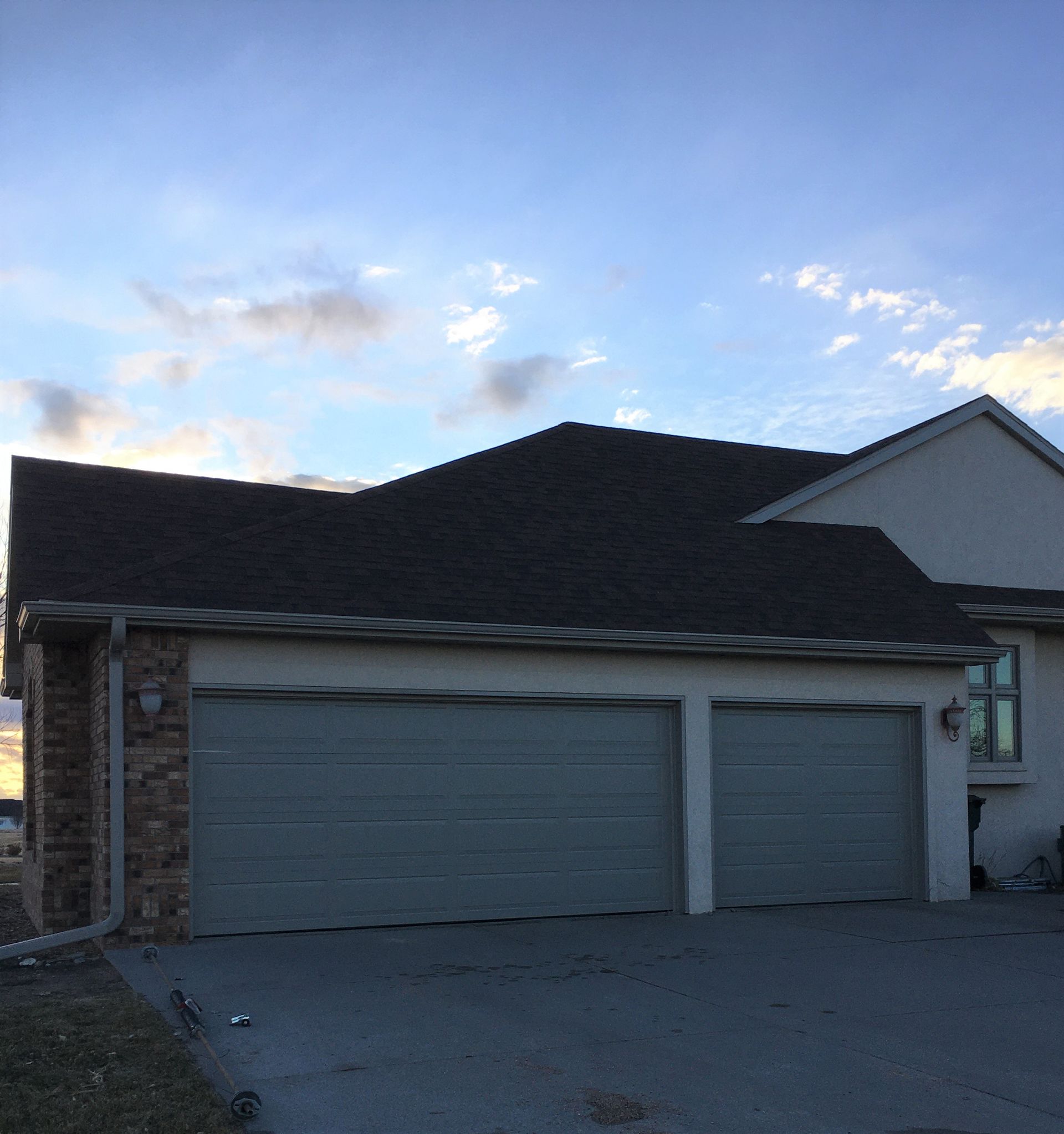Your roof’s color isn’t just an aesthetic choice—it can directly impact your home’s energy efficiency and comfort. Let’s explore the science behind roof colors and help you decide the best option for your climate.
Understanding How Roof Color Affects Heat Absorption
The color of your roof plays a significant role in heat absorption. Dark colors, like black, absorb more heat, raising roof surface temperatures and warming your home. White roofs, on the other hand, reflect sunlight, keeping temperatures cooler and reducing strain on cooling systems.
Deciding Between Light or Dark Roofs Based on Climate
Choosing the right roof color largely depends on where you live:
- Tropical Climates: Opt for white or lighter roofs to reflect heat, lower indoor temperatures, and save on cooling costs.
- Chilly Climates: Darker roofs can help absorb sunlight, retaining warmth and reducing heating bills.
- Temperate Climates: A balanced choice might involve neutral or slightly darker shades, depending on your home's insulation.
How Roof Colors Affect Energy Efficiency and the Urban Heat Island Effect
White roofs are particularly useful for combating the urban heat island effect, where cities experience higher temperatures due to the prevalence of dark roofs and surfaces. These roofs help lower city temperatures and reduce overall energy use.
Expert Tips from Weathercraft on Selecting Roof Colors
Here are some key factors to consider when choosing your roof color:
- Climate Considerations: Think about your region’s weather patterns.
- Material Durability: Make sure your roofing material works well with the color you choose.
- Home Aesthetic: Choose a color that complements your home’s overall aesthetic.
- Long-Term Savings: Weigh the initial cost against future savings on energy bills.
Weathercraft’s experts are here to help you select the best roof color and material for your home and budget.
